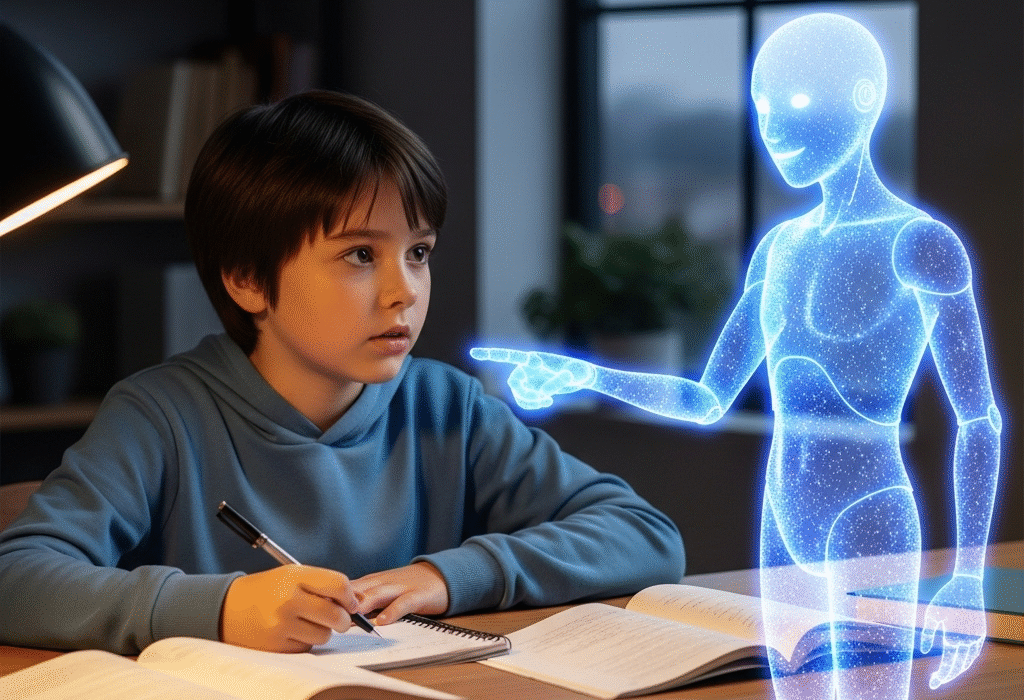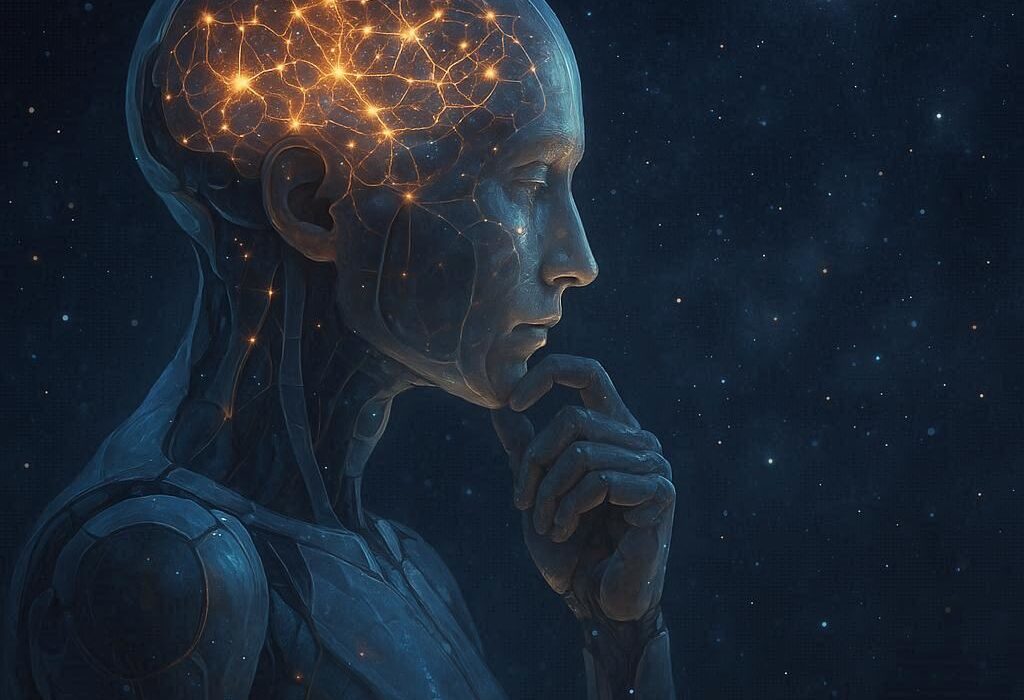Sleep has always been one of humanity’s most intimate mysteries. Every night, nearly eight billion people surrender to its invisible pull, closing their eyes, drifting into darkness, and entering a world where consciousness loosens its grip. Yet despite the universality of sleep, its full nature has long eluded science. For centuries, humans regarded it as a passive state, a necessary pause in the rhythm of life. But over the past decades, researchers have begun to uncover the staggering complexity hidden in those hours of unconsciousness: a universe of memory, restoration, emotional processing, and neural growth.
The more scientists learn, the clearer it becomes that sleep is not merely a biological luxury but a cornerstone of human existence. Its patterns, quality, and timing influence everything from physical health to emotional resilience, from cognitive capacity to lifespan. And now, in an era of unprecedented technological and scientific advancement, sleep science stands on the brink of transformation—a revolution that could reshape how we work, learn, and even experience reality itself.
The Hidden Architecture of Sleep
For most of human history, sleep was understood primarily through observation and anecdote. Ancient civilizations attributed dreams to divine messages or spirits, and philosophers speculated about the soul’s journey through the night. It was not until the twentieth century, with the development of electroencephalography (EEG), that researchers could peer into the living brain during slumber. The discovery of distinct stages of sleep—rapid eye movement (REM) and non-REM sleep—revolutionized the field, revealing that sleep was a highly organized, dynamic process rather than a passive suspension of consciousness.
Non-REM sleep, particularly its deep, slow-wave phase, has been shown to play a crucial role in memory consolidation and cellular repair. During this stage, the brain appears to “clean house,” flushing out metabolic waste and reinforcing neural connections formed during waking hours. REM sleep, by contrast, is a time of intense neural activity, when dreams unfold and the brain processes emotions, creativity, and problem-solving. Together, these stages create a delicate symphony, a nocturnal choreography that sustains mind and body.
Modern research has added even more nuance. Sleep is not merely a state of rest but a critical regulator of the body’s circadian rhythms, hormone production, immune function, and metabolic health. Disruptions in sleep are linked to a staggering array of diseases, from diabetes and cardiovascular disorders to depression, anxiety, and neurodegenerative conditions like Alzheimer’s. Yet despite this understanding, the precise mechanisms underlying sleep’s restorative powers remain elusive, a frontier that scientists are now beginning to explore with tools more powerful than ever before.
Technology Meets Biology
The twenty-first century has ushered in an era where technology and biology intersect in ways previously unimaginable. Wearable devices, sophisticated imaging techniques, and machine learning algorithms are transforming our understanding of sleep. Devices that track heart rate variability, brainwave activity, and movement patterns are allowing researchers—and consumers—to collect data on sleep quality at an unprecedented scale. This granular information provides insights into how subtle environmental factors, lifestyle choices, and genetic variations affect sleep in real time.
But beyond observation, technology is beginning to intervene. Researchers are exploring methods to modulate sleep patterns, enhance specific stages, and even induce lucid dreaming. Electrical stimulation of the brain during deep sleep has been shown to improve memory consolidation, while pharmacological interventions are being developed to promote restorative sleep in individuals suffering from chronic insomnia or neurodegenerative disease. The prospect of being able to “hack” sleep—to optimize its restorative functions—is no longer a distant fantasy; it is a field of active scientific inquiry.
Sleep and the Brain’s Plastic Potential
One of the most exciting frontiers in sleep science lies in the relationship between sleep and neuroplasticity—the brain’s ability to reorganize itself by forming new neural connections. During sleep, the brain does not simply rest; it actively rewires itself, consolidates learning, and processes emotions. Experiments with rodents have demonstrated that memory traces formed during wakefulness are replayed in the hippocampus during deep sleep, effectively cementing experiences into long-term storage. Similar mechanisms appear to operate in humans, explaining why sleep deprivation impairs learning and emotional resilience.
The implications of these findings are profound. If we can understand and eventually manipulate the processes that occur during sleep, we could enhance memory, accelerate learning, and even mitigate cognitive decline in aging populations. Imagine a world in which students could consolidate knowledge more efficiently overnight, or where individuals recovering from trauma could reshape emotional circuits through targeted sleep interventions. The potential is not mere science fiction—it is a tangible possibility emerging from laboratories around the globe.
Dreams as a Laboratory of the Mind
Dreams have fascinated humanity for millennia, from the vivid visions recorded in ancient texts to the surreal landscapes of modern cinema. For centuries, they were considered ephemeral and mysterious, their function largely speculative. Contemporary neuroscience, however, suggests that dreams may serve crucial cognitive and emotional roles. REM sleep, the stage most closely associated with vivid dreaming, appears to facilitate problem-solving, creativity, and emotional processing. By simulating experiences in a safe, hallucinatory environment, the brain can rehearse responses, process trauma, and explore novel ideas.
Emerging research is even exploring the possibility of influencing dreams to achieve therapeutic outcomes. Experiments in targeted memory reactivation—using auditory cues during sleep—have demonstrated the potential to enhance learning and reshape memories. Lucid dreaming, where the dreamer is consciously aware of dreaming, offers another avenue for exploring cognitive and emotional growth. In the future, it is conceivable that dreams could become a controlled space for therapy, education, and creativity, a nocturnal extension of conscious life where the boundaries between imagination and reality are malleable.
The Genetic and Molecular Foundations of Sleep
While behavioral and neural perspectives have dominated sleep research, recent advances in genetics and molecular biology are uncovering the fundamental building blocks of sleep itself. Genes such as PER, CRY, and CLOCK play a central role in regulating circadian rhythms, determining when we feel alert and when we succumb to sleep. Variants in these genes can influence susceptibility to sleep disorders, patterns of chronotype, and even cognitive performance.
At the cellular level, the discovery of the glymphatic system—a network that clears waste from the brain during sleep—has provided critical insights into how slumber protects neural health. Accumulation of toxic proteins like beta-amyloid, associated with Alzheimer’s disease, appears to be mitigated by deep sleep, highlighting the role of sleep as a preventative measure against neurodegeneration. As research delves deeper into these molecular mechanisms, the prospect of pharmacologically or genetically optimizing sleep becomes increasingly plausible, though it raises profound ethical and philosophical questions about human intervention in natural processes.
Societal Implications of Sleep Optimization
As sleep science advances, its potential societal impact is staggering. Today, chronic sleep deprivation affects millions of people, fueled by modern lifestyles, technology, and social pressures. Work schedules, screen exposure, and urban noise have created an epidemic of insufficient or poor-quality sleep. The consequences are evident in diminished productivity, mental health crises, and rising rates of chronic disease.
If science can develop methods to enhance sleep, society itself could be transformed. Imagine shorter, more efficient sleep cycles that preserve cognitive and physical function, allowing people to accomplish more while reducing fatigue. Picture workplaces designed around natural circadian rhythms, schools optimizing learning schedules according to sleep science, or urban planning that incorporates the principles of restorative environments. The ripple effects would touch education, healthcare, economy, and even cultural norms, reshaping the very structure of daily life.
Yet this vision carries risks as well. The ability to manipulate sleep raises ethical questions about coercion, equity, and human autonomy. Would sleep enhancement become a privilege for the wealthy, widening societal disparities? Could artificial modulation of sleep disrupt natural cycles, producing unforeseen consequences? These challenges underscore that the future of sleep science is not merely a scientific frontier but a profound moral landscape demanding careful navigation.
The Intersection of AI and Sleep Research
Artificial intelligence is emerging as a powerful tool in the study of sleep. Machine learning algorithms can analyze vast datasets from EEG recordings, wearable devices, and longitudinal studies, revealing patterns invisible to human observers. AI can predict sleep disorders, optimize treatment protocols, and even suggest personalized interventions based on genetic, behavioral, and environmental data.
Beyond diagnostics, AI may one day actively interface with the sleeping brain. Experiments with brain-computer interfaces are exploring ways to monitor neural activity in real time, detect suboptimal sleep stages, and deliver targeted stimuli to enhance restorative processes. While the technology remains nascent, its trajectory suggests a future in which sleep is not merely observed but guided, personalized, and optimized with precision previously thought impossible.
Sleep and Consciousness
Perhaps the most profound frontier in sleep science is the exploration of consciousness itself. Sleep blurs the line between awareness and oblivion, offering a natural laboratory for studying how consciousness emerges, recedes, and transforms. The study of dreams, lucid dreaming, and sleep disorders provides clues about the neural architecture of subjective experience. Some neuroscientists argue that sleep could hold the key to understanding not only how the brain functions but why it generates awareness in the first place.
This inquiry has implications beyond biology, touching philosophy, psychology, and even artificial intelligence. By decoding the neural mechanisms of sleep and consciousness, humanity may gain insights into the nature of experience itself, potentially redefining concepts of identity, selfhood, and the mind.
Towards a New Era of Sleep
The future of sleep science is both exhilarating and daunting. In the coming decades, it is likely that sleep will be understood, monitored, and even enhanced with a level of sophistication unimaginable to previous generations. The possibility of modulating sleep for cognitive enhancement, emotional well-being, and physical restoration raises profound opportunities, yet also profound responsibilities.
Ultimately, sleep is more than a biological necessity—it is a gateway to the human potential. It shapes our memory, creativity, health, and emotions, influences our societies, and touches the essence of consciousness. As science illuminates its mysteries, humanity may gain the ability not merely to survive the night but to thrive within it, transforming our relationship with the most universal, yet enigmatic, aspect of life.
Conclusion: A Future Awakened
Sleep has long been the silent rhythm underpinning human existence, a dark mystery that shaped lives without notice. But as the twenty-first century progresses, the veil is lifting. Science is beginning to reveal sleep’s hidden architecture, molecular machinery, and transformative potential. From the restorative slow waves to the vivid theater of dreams, from genetic determinants to AI-guided optimization, sleep is emerging as a domain where human ingenuity meets the deepest truths of biology.
The implications are staggering. Health, education, productivity, and even consciousness itself could be enhanced by a precise understanding of sleep. Society may learn to live not against nature’s rhythms but in harmony with them, reshaping work, learning, and daily life around the principles of rest and restoration. In this sense, the future of sleep science is more than a scientific frontier—it is a human frontier, a journey into the most intimate and essential part of ourselves.
In the end, sleep is not simply the absence of waking. It is a realm of possibility, a nocturnal laboratory where the mind and body repair, reflect, and reinvent themselves. The discoveries of tomorrow may allow us to enter the night with purpose and emerge renewed, wiser, and more alive. The future of sleep science might indeed change everything, redefining not only how we rest but who we are and what we can become.






